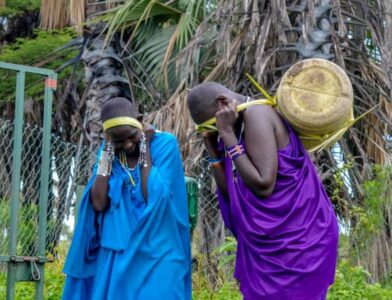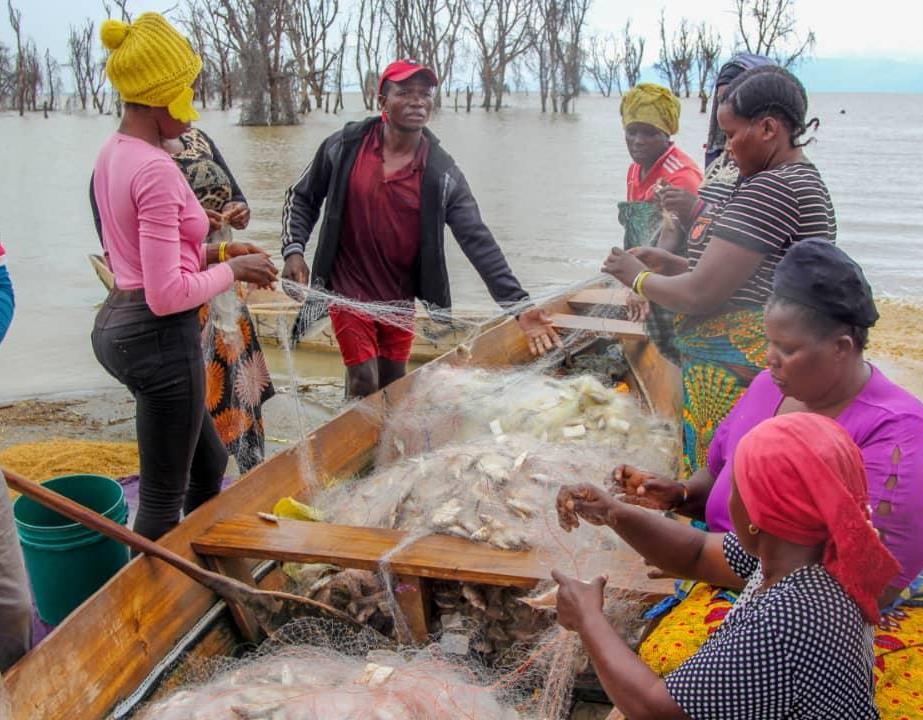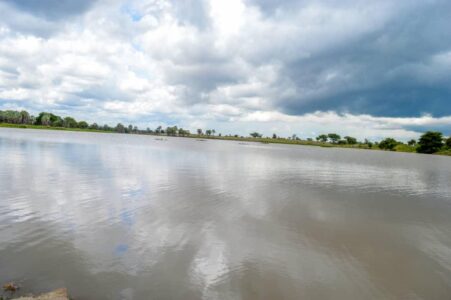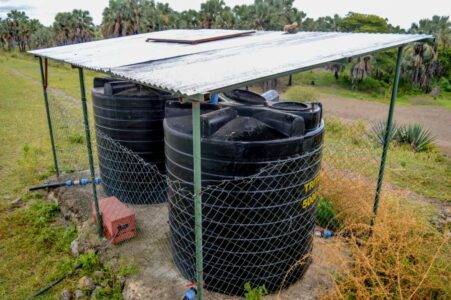
Here is a snapshot of what International Development looks like in the here and now for the International Collaborative.
Perhaps in the future, it will evolve to become quite different, but in the present, people are working together and creatively adapting to make life better. And surprising opportunities emerge. We are very grateful to collaborate with you and with the people in these ventures.
About our location
The Rift Valley is an amazing geological phenomenon running from Syria to Mozambique where two of the earth’s surface plates meet.
It takes different forms along its path, which include the Jordan River Basin, the Dead Sea, and then after crossing Eritrea, Ethiopia and Kenya, splitting in two and passing on both sides of Lake Victoria.
On the West it is the location of the deep lakes of Kivu and Tanganyika, and on the East are the volcanoes and the salt lakes. In the south, the two branches of the Rift join again in Lake Malawi.
We work in several of the Maasai villages that are near the escarpment along the edge of the eastern branch of the Rift. This is the cliff that goes up to the high altitude plateau known as the Ngorongoro Highlands.
New water sanitation system
In one of these villages, Oltukai, we recently installed a water sanitation system to provide 10,000 liters of safe water per day. Previously, the women gathered 40 or 80 liters a day directly from the polluted rain-filled basin each morning.
The leaders of the Village Water Committee earnestly took on the management of the water system. But it is difficult for people to volunteer for this important work when it takes them away from their essential income-generating activities. How can these managers be paid– either from water use fees or other sources?
Creative monetization
Several months ago, we were introduced to a very colorful and interesting fishing settlement along the east coast of Lake Manyara, in the Rift Valley.
People live there in tents for nine months of the year. They catch the small sardine-like fish that live in the mildly salty waters of rain-replenished salt lakes of the Rift Valley.
The people fish with nets from small dugout canoe-like boats. They share their bounty with the ever-present marabou storks and other social and confident water birds.
The people here are resilient and enterprising. There are tented shops, such as pharmacies, among the housing tents. And of course, we had many questions. For example, how do they get drinking water for their own use?
 We are happy to see the developing relationship between the village of Oltukai and the Lake Manyara fishing settlement, based on the safe water produced by the ICSEE water system.
We are happy to see the developing relationship between the village of Oltukai and the Lake Manyara fishing settlement, based on the safe water produced by the ICSEE water system.
For some time, the fishing settlement had been bringing their tank trailer to the Oltukai reservoir for water to take to the settlement. This water is not clean at all, and full of dirty suspensions and bacteria.
But now that the new water sanitation system is working well, and is managed by conscientious leaders, the groups have worked out an arrangement. The fishing settlement still needs the large quantity of untreated, salt-free water for clothes washing and cleaning. But we were thrilled to learn that the fishing settlement rented a second tank trailer, and twice a week purchases 6,000 liters of safe clean water from the village.
This is a little more than one sixth of the clean safe water that is produced by the system, working seven days a week.
 Water sanitation costs
Water sanitation costs
The settlement pays 100,000 Tanzanian shillings for the 6,000 liters. This is 16.6 shillings per liter or about $0.027 per gallon.
It is interesting to compare this with other clean water prices in Tanzania and here in the U.S. The Kilimanjaro brand, The gold standard of clean bottled water in Tanzania, retails at 1000 shillings per liter, 60 times what Oltukai charges. In Dar es Salaam 20 liters of clean water goes for 1000 shillings, or 50 shillings per liter, still three times what the villagers are charging.
A typical bottled water in the U.S. costs about $1.50 a gallon in a retail store. And water through the town water supply in Annapolis is $0.004 per gallon, or one seventh what Oltukai Village charges the Lake Manyara Fishing Settlement.
Safe Water price, in dollars per gallon, by location |
as a multiple of Oltukai price |
|---|---|
| $0.027 Water sold by Oltukai to the Fishing Settlement | 1 |
| $0.08 Safe Water sold in 20-liter tanks in Dar es Salaam | 3 |
| $0.004 Public water supply piped to buildings in Annapolis MD | 0.15 |
| $1.64 Tanzania’s top brand of bottled safe water, Kilimanjaro | 60 |
| $1.50 Retail bottled water in the U.S. |


 International Collaborative for Science, Education, and the Environment
International Collaborative for Science, Education, and the Environment